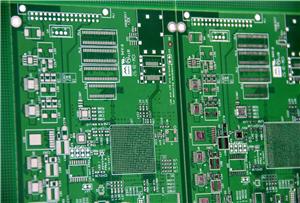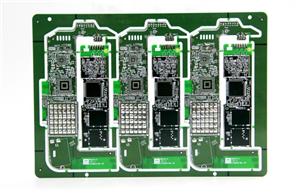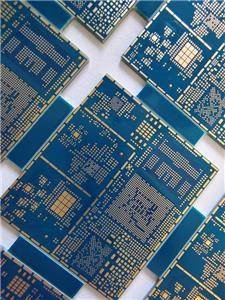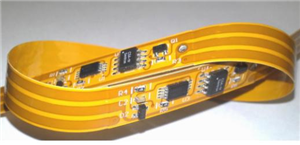- Home
- >
- About Us
- >
- Company Style
- >
- Lamination Line improvement
Lamination Line improvement
When laminating dry film photo resist there is the potential danger of wrinkle formation due to uneven pressure between the lamination rolls. The pressure gauge reading on the laminator is of limited informational value. The actual pressure profile across the width of a copper-clad laminate in the nip between straight or crowned lamination rolls can be measured by the use of a pressure indicating film. The results of such a measurement can lead to significantly improved dry film resist lamination yields.
In lamination of a printed circuit board, we are trying to achieve good contact between the resist and the substrate surface by making the resist flow to conform to the surface topography. Flow is achieved by lowering the resist viscosity through heat, and by applying a pressure differential for a certain time to cause the flow. The pressure may be transmitted to the lamination rolls pneumatically, hydraulically, mechanically, or a combination of these means.
Insufficient pressure and/or non-uniform pressure can lead to lamination defects such as dry film resist wrinkles or open defects in print and etch due to poor resist conformation caused by insufficient nip pressure [1-9]. So it is desirable to have a way of measuring nip pressure magnitude and uniformity. Pressurex® [10] surface pressure indicating film measures the actual force profile at the interface of the roller set. The pressure indicating film is placed between the two rolls before closing the nip. After closing the nip, and applying the pressure, you can then observe the image captured by the pressure indicating film revealing both the pressure distribution and magnitude




